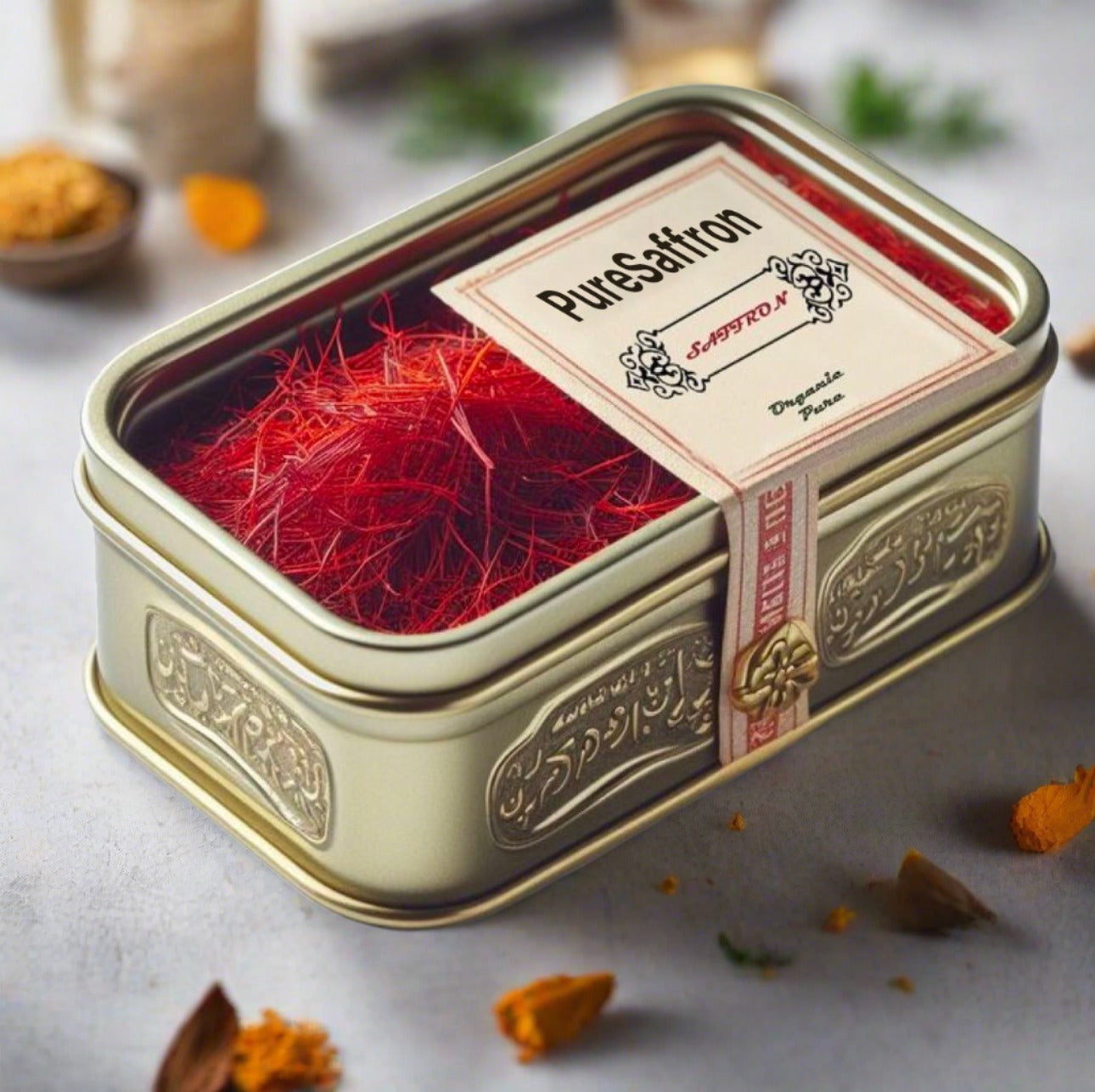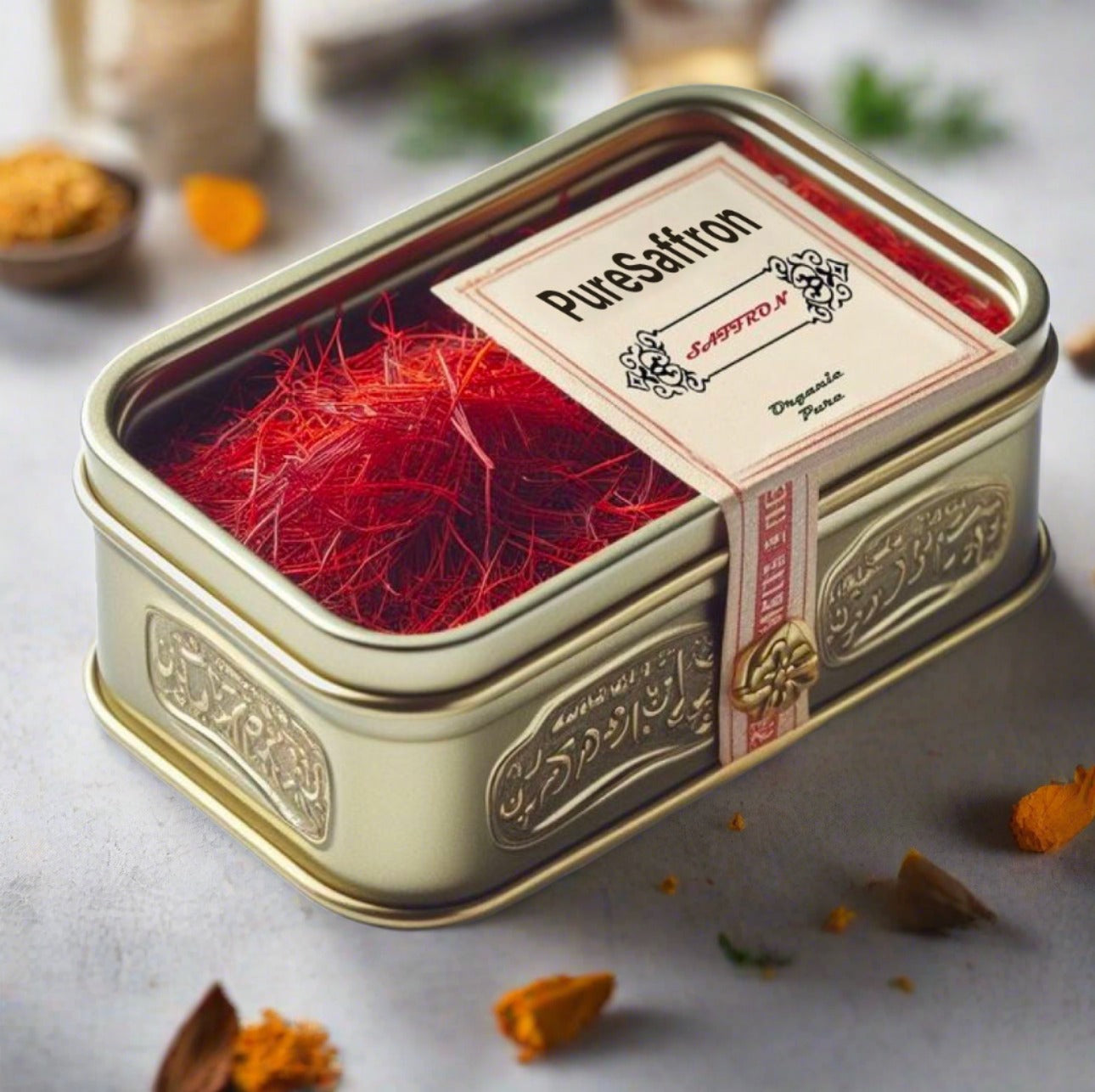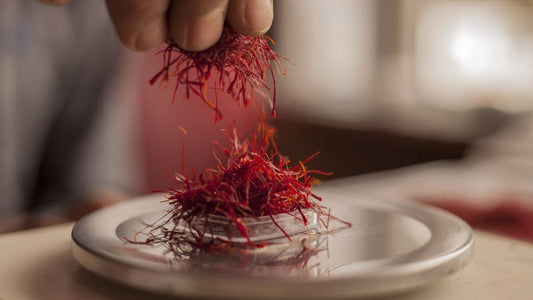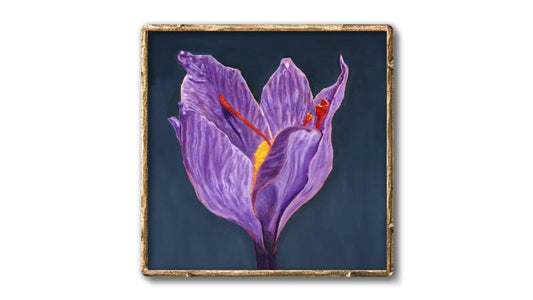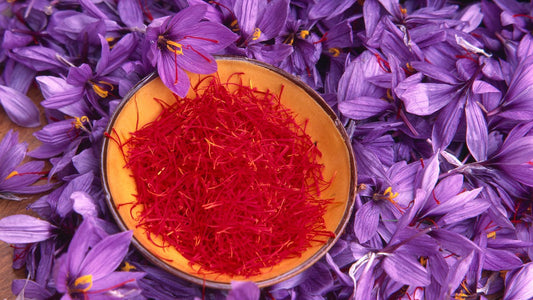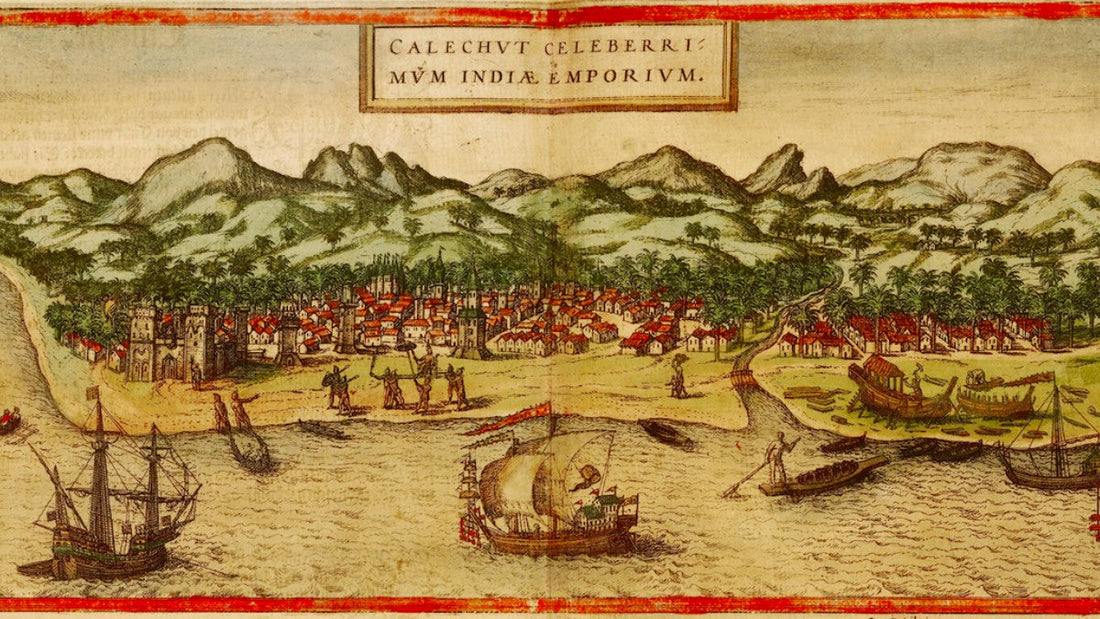
The Fascinating History of Saffron Trade Routes
Ara OhanianShare
The saffron trade routes have played an essential role in shaping global economies, cultures, and cuisines over centuries. As one of the most prized and expensive spices in the world, saffron has traveled across continents, exchanged hands among merchants, and influenced the development of trade networks that connected ancient civilizations. This blog explores the history, significance, and impact of the saffron trade routes, shedding light on how this "red gold" became a global commodity.
What Are the Saffron Trade Routes?
The saffron trade routes refer to the pathways and networks used to transport saffron from its regions of cultivation to markets across the globe. These routes have existed since ancient times and were closely linked to larger trade networks, such as the Silk Road and the Spice Routes. Saffron, with its vibrant color, aromatic fragrance, and numerous culinary and medicinal applications, was a highly sought-after product, making its trade an integral part of these historical exchanges.
The Origins of Saffron: Where It All Began
Saffron is derived from the stigma of the Crocus sativus flower, also known as the saffron crocus. This plant is believed to have originated in the region of ancient Persia (modern-day Iran) or the Mediterranean. Persia, in particular, became synonymous with saffron cultivation due to its ideal climate and soil conditions.
As demand for saffron grew, its cultivation spread to other regions, including India, Spain, Greece, and Kashmir. However, Persia remained a dominant hub in saffron production and trade, exporting this precious spice to neighboring lands and beyond. Traders and merchants carried saffron along established trade routes, ensuring its availability in distant markets.
The Role of the Silk Road in Saffron Trade
The Silk Road, a legendary network of trade routes connecting the East and West, played a pivotal role in the saffron trade. This vast network linked regions such as Persia, India, China, and the Mediterranean. Alongside silk, spices, and other luxury goods, saffron was a treasured item exchanged on this route.
Key nodes along the Silk Road facilitated the flow of saffron to major markets:
- Persia: The primary source of saffron and a crucial trading hub.
- India: Both a producer and consumer of saffron, known for its use in religious rituals and Ayurveda.
- The Mediterranean: Regions like Greece and Rome valued saffron for its culinary, medicinal, and cosmetic applications.
This exchange was not limited to goods; it also fostered the spread of knowledge, culture, and ideas, making saffron a symbol of interconnectedness in ancient times.
Saffron and the Spice Routes
Another critical network for the saffron trade was the Spice Routes, maritime pathways connecting Asia, Africa, and Europe. These sea routes allowed saffron to reach new territories, bypassing some of the challenges associated with overland transportation.
Arab and Venetian merchants were particularly influential in the saffron trade during the medieval period. Arab traders introduced saffron to the Iberian Peninsula, where it became a staple in Spanish cuisine. Venetian merchants, on the other hand, distributed saffron to European markets, cementing its place in Renaissance kitchens and apothecaries.
The Cultural Significance of Saffron Along Trade Routes
The saffron trade was not just about commerce; it also carried profound cultural significance. As saffron traveled along trade routes, it became a symbol of wealth, power, and spirituality in different societies:
- In Ancient Egypt: Saffron was used in perfumes, dyes, and offerings to the gods.
- In India: Saffron held sacred value in religious rituals and was used as a natural dye for monks' robes.
- In Europe: Saffron became a status symbol, often reserved for royalty and the elite.
These exchanges enriched art, literature, and culinary traditions in regions touched by the saffron trade.
Modern-Day Saffron Trade Routes
While the ancient trade routes no longer exist in their original forms, the legacy of saffron trade continues in modern times. Today, saffron is cultivated in countries like Iran, India, Spain, and Afghanistan and exported to global markets. Modern transportation methods, such as air freight and shipping, have replaced caravans and maritime vessels, making saffron more accessible than ever.
However, challenges such as counterfeit saffron and ethical sourcing remain prevalent. To ensure authenticity and quality, consumers should purchase saffron from trusted sources. At PureSaffron, we are committed to providing the highest-quality Persian saffron, sourced ethically and sustainably. If you're looking to experience the unparalleled flavor and aroma of pure saffron, explore our Persian Pure Saffron.
The Legacy of Saffron Trade Routes
The saffron trade routes are a testament to the enduring value of this extraordinary spice. From ancient caravans crossing deserts to modern logistics networks spanning continents, saffron's journey reflects the interconnectedness of our world. As we savor saffron-infused dishes or admire its vibrant hue, we are partaking in a tradition that has traversed centuries and borders, connecting cultures and people.
FAQs About Saffron Trade Routes
1. What were the primary regions involved in the saffron trade?
The primary regions included Persia (modern-day Iran), India, the Mediterranean, and parts of Europe, with Persia being the dominant hub of saffron cultivation and trade.
2. How did the Silk Road impact saffron trade?
The Silk Road provided a network for saffron to reach distant markets, facilitating cultural exchange and increasing its global demand.
3. Why was saffron so valuable in ancient times?
Saffron was highly prized for its rarity, labor-intensive harvesting process, and diverse applications in medicine, cuisine, and cosmetics.
4. Is saffron still traded along ancient routes today?
While the ancient routes no longer exist in their original form, modern transportation methods facilitate the global trade of saffron, connecting producers to consumers worldwide.
5. Where can I buy authentic Persian saffron?
You can purchase authentic Persian saffron from trusted sources like PureSaffron. Check out our Persian Pure Saffron for premium quality saffron.
